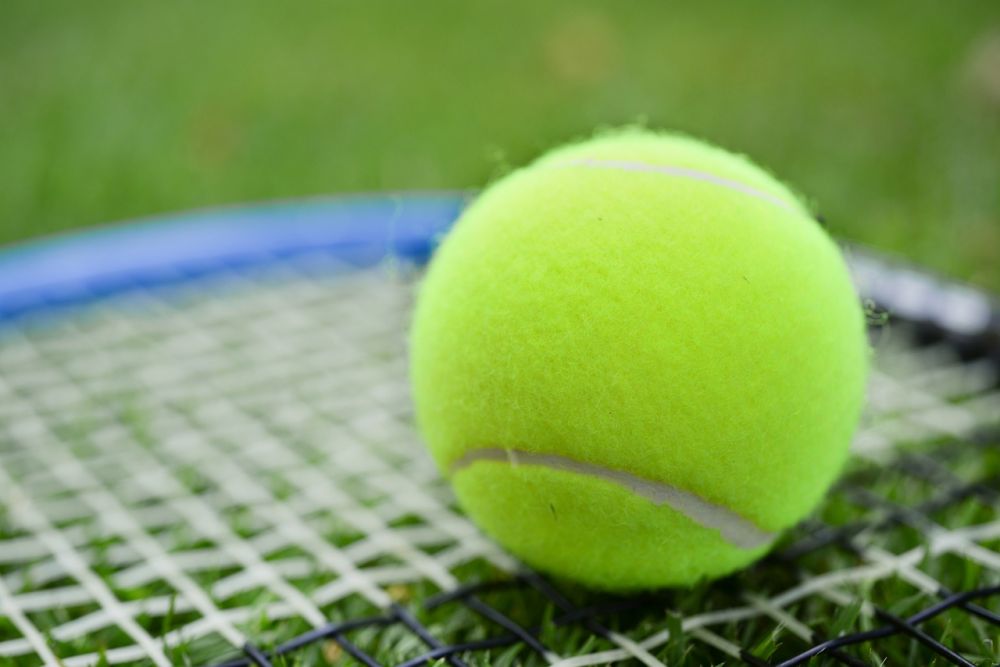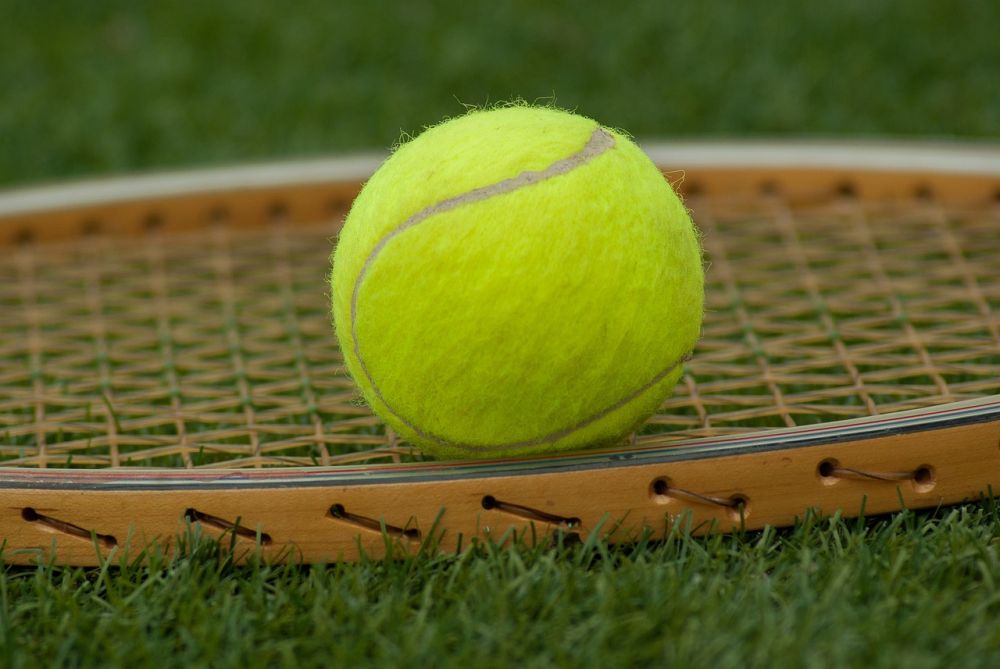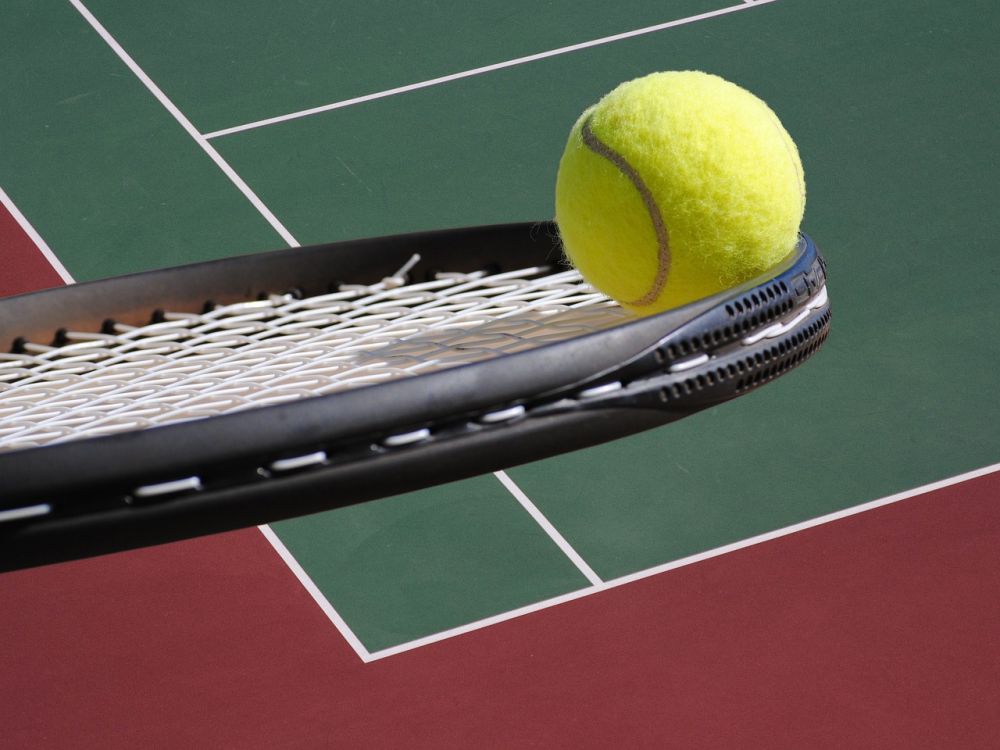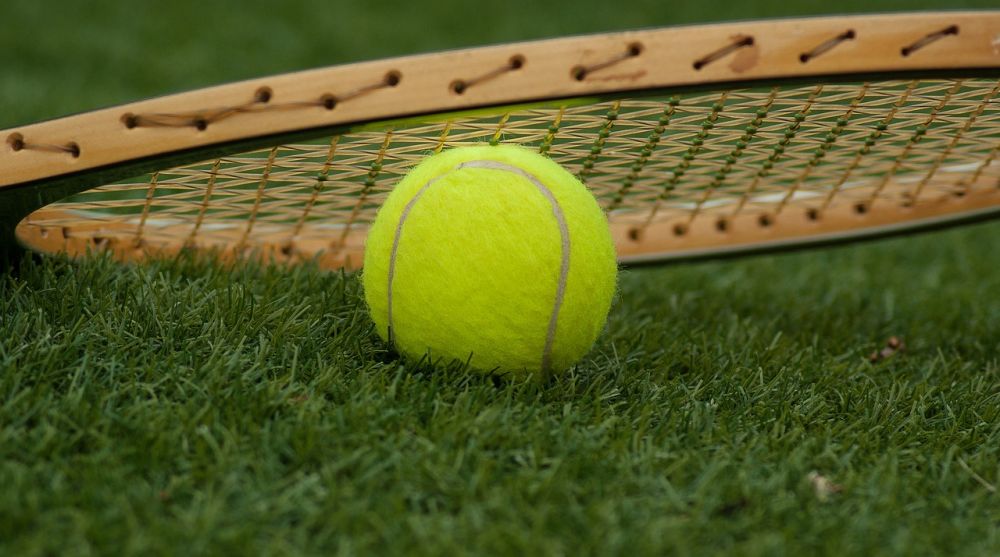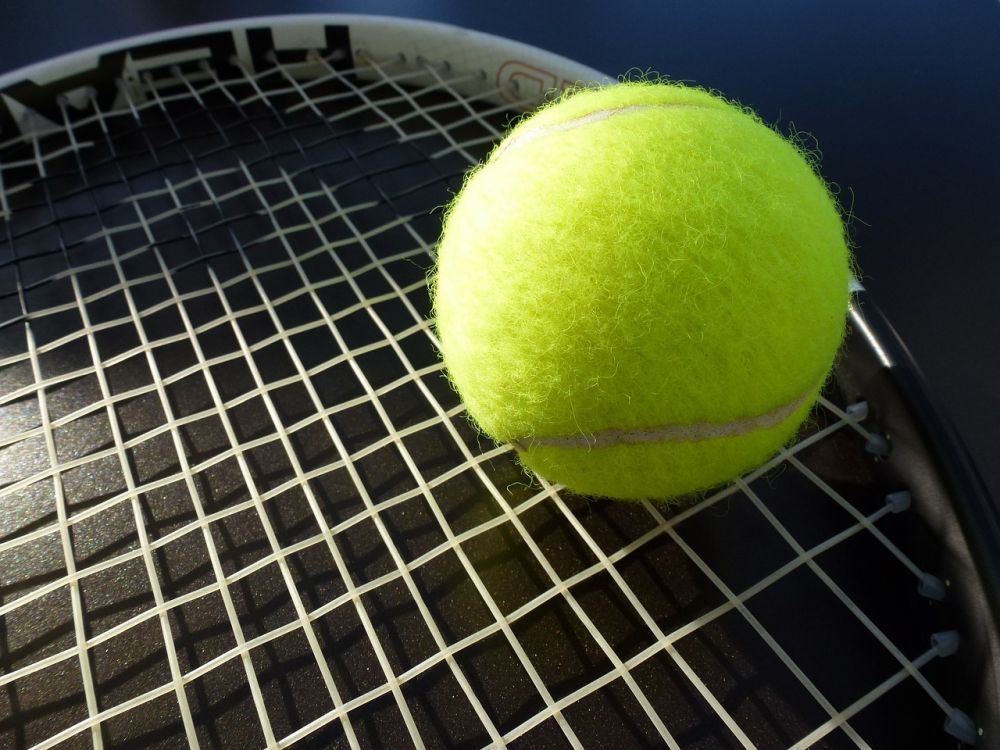Tennis Terminology: A Comprehensive Guide
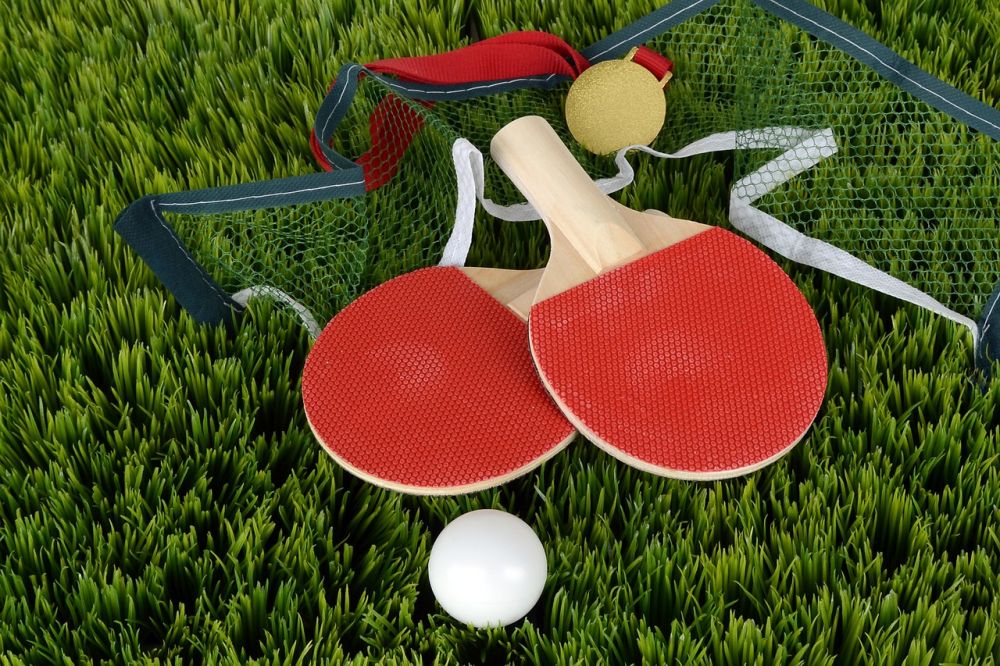
Introduction:
Tennis is a popular sport worldwide, attracting millions of players and spectators alike. To fully understand the game, it is essential to familiarize oneself with the various tennis terms used. This article aims to provide an in-depth overview of tennis terminology, including its definition, types, popularity, and historical significance, while also incorporating quantitative measurements. Whether you are a beginner or an avid tennis fan, this comprehensive guide will surely enhance your understanding of the sport.
I. Overview of Tennis Terms:

Tennis terms encompass a wide range of vocabulary used to describe various aspects of the game. These terms are vital for effective communication between players, officials, and spectators. Within this section, we will explore the overall significance and relevance of tennis terminology.
II. Presentation of Tennis Terms:
Tennis terms can be categorized into several types, each serving a unique purpose in the game. This section will delve into these classifications and provide a detailed explanation of each type. From basic terminologies like ”ace” and ”deuce” to more advanced terms such as ”drop shot” and ”slice,” understanding the different types of tennis terms is crucial for players looking to improve their game.
A. Basic Terminologies:
1. Ace – A serve that the opponent fails to touch with their racket, resulting in the server winning the point.
2. Deuce – A tie score of 40-40, requiring one player to win two consecutive points to secure the game.
3. Advantage – When one player wins a point after deuce and needs just one more to win the game.
4. Set – A group of games played to determine the winner of a set, typically consisting of six games.
5. Match – A collection of sets, usually best of three or best of five, which determines the overall winner of a tennis match.
B. Technical Strokes:
1. Forehand – A stroke hit with the dominant hand on the same side of the racket.
2. Backhand – A stroke hit with the non-dominant hand across the body, utilizing the opposite side of the racket.
3. Serve – The shot used to initiate each point, requiring the server to hit the ball into the opponent’s service box.
C. Strategic Shots:
1. Drop Shot – A delicate shot that barely clears the net and lands close to it, causing the opponent to run forward and potentially miss the ball.
2. Lob – A high, arching shot intended to sail over the opponent’s head, forcing them to retreat towards the baseline.
3. Slice – A shot with underspin, causing the ball to spin backward upon contact, making it challenging for the opponent to return.
III. Quantitative Measurements of Tennis Terms:
To better comprehend the impact and frequency of tennis terms, it is crucial to delve into quantitative measurements. This section will provide statistical insights, such as the most commonly used tennis terms in professional matches, the average number of aces per match, and other relevant numerical data. These measurements will highlight the significance and frequency of particular tennis terms.
IV. Comparison of Different Tennis Terms:
While tennis terms may share certain similarities, each term has its unique characteristics and purpose within the game. This section will discuss the distinctions between different tennis terms, such as the contrast between the forehand and backhand strokes or the strategic differences between a drop shot and a lob. Understanding these nuances can elevate a player’s tactical approach on the court.
V. Historical Overview of Pros and Cons for Various Tennis Terms:
Throughout the history of tennis, various terms have evolved and faced scrutiny due to their advantages or disadvantages on the court. This section will provide a historical examination of the pros and cons associated with different tennis terms. From the controversy surrounding the introduction of the tiebreaker system to the ongoing debate over the legality of certain serves, exploring the historical context of tennis terms adds depth to one’s understanding of the sport.
Conclusion:
Tennis terminology serves as the backbone of effective communication within the game. With an extensive overview of tennis terms, their types, quantitative measurements, distinctions, and historical significance, this comprehensive guide aims to equip readers with a thorough understanding of the sport. By embracing the rich vocabulary of tennis, players and spectators alike can fully appreciate the intricacies of this captivating sport [INSERT VIDEO HERE]. So, the next time you step onto the tennis court or watch a match, you’ll have the confidence to discuss and comprehend the various tennis terms used in the game.
